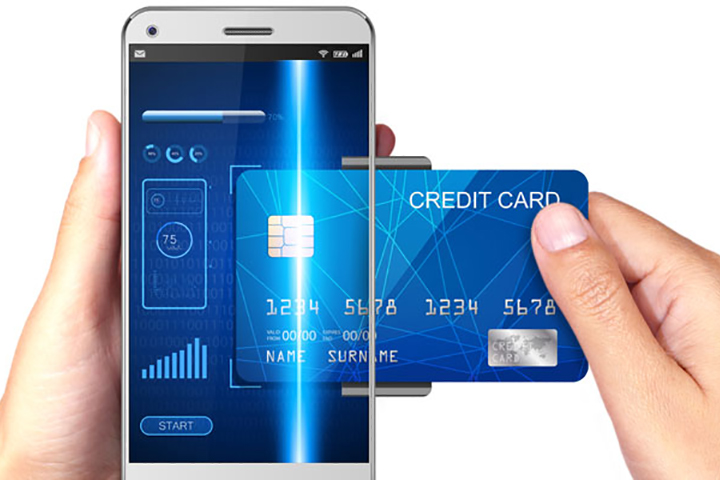


In recent years, the world of finance has seen a significant shift towards digital solutions, and one such innovation is the virtual debit card. As technology continues to shape our daily lives, the traditional physical debit card is facing stiff competition from its virtual counterpart. While both serve the same purpose of facilitating electronic transactions, there are several compelling reasons why the virtual debit card is emerging as the preferred choice for many consumers. Let’s explore why virtual debit cards are better than physical debit cards:
Enhanced Security:
One of the most significant advantages of virtual debit cards is the heightened level of security they offer. Unlike physical cards, virtual cards do not carry any sensitive personal information, such as card numbers, expiration dates, or CVV codes. Instead, they generate a one-time unique card number for each transaction, making it virtually impossible for fraudsters to misuse the card. Additionally, virtual cards can be easily deactivated or deleted after use, minimizing the risk of unauthorized transactions.
Lower Risk of Loss or Theft:
Physical debit cards can be misplaced, stolen, or skimmed, exposing users to potential financial loss and identity theft. With virtual debit cards, the risk of losing a physical item is eliminated entirely. Users can access their virtual cards securely through mobile apps or online banking platforms, which require strong authentication methods like biometrics or two-factor authentication, adding an extra layer of protection.
Convenient and Instant Issuance:
Applying for a physical debit card often involves a waiting period, as banks need to print, package, and deliver the card to the customer’s address. On the other hand, virtual debit cards can be issued instantly. Upon approval, users can access their virtual card details immediately, allowing them to make online purchases or set up automatic bill payments without any delays.
Global Accessibility:
Virtual debit cards offer unmatched flexibility when it comes to making international transactions. Traditional physical cards might face limitations or incur additional fees when used outside the cardholder’s home country. Virtual debit cards, being digital in nature, can be used for online purchases worldwide without any geographical restrictions, making them ideal for frequent travelers and international shoppers.
Budget Management and Control:
Virtual debit cards provide users with more control over their spending habits. Since each virtual card can be set with predefined spending limits and validity periods, it becomes an effective tool for managing budgets and subscriptions. Users can create separate virtual cards for different expenses, such as online shopping, utility bills, or entertainment, reducing the risk of overspending and providing better financial discipline.
Environmentally Friendly:
The shift towards virtual debit cards also aligns with the growing focus on environmental sustainability. Physical cards are made from plastic, leading to increased waste and carbon emissions during production and disposal. By opting for virtual cards, consumers contribute to reducing their carbon footprint and promoting a more eco-friendly approach to financial transactions.
Conclusion:
In conclusion, the virtual debit card offers a range of benefits that outshine its physical counterpart. Enhanced security, lower risk of loss or theft, instant issuance, global accessibility, improved budget management, and environmental consciousness are just some of the reasons why virtual debit cards are gaining popularity among tech-savvy consumers. As the world moves towards an increasingly digital future, embracing virtual debit cards is a smart and prudent choice for modern-day banking and financial needs.